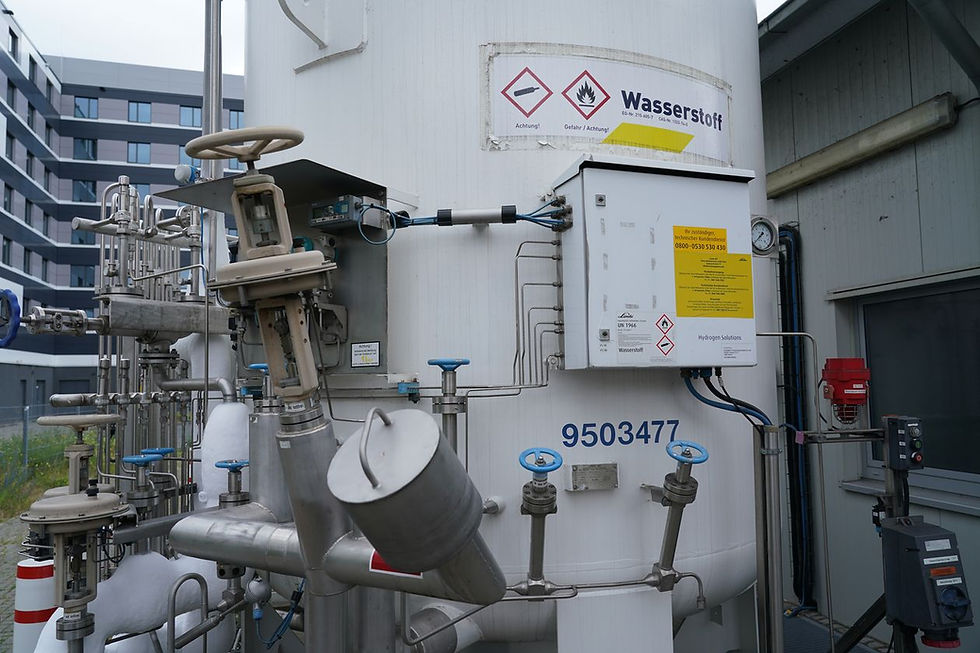‘Green Hydrogen’ Could Become a $12 Trillion Market. Here’s How to Play It.
- rivas8
- 24 sept 2020
- 2 Min. de lectura
Analysts at Goldman Sachs are bullish on the long-term prospects for so-called green hydrogen, which is when renewable energy powers the electrolysis of water.
Calling it a once-in-a-lifetime opportunity, Goldman Sachs estimates the addressable market could be worth €10 trillion ($11.7 trillion) by 2050, split between Asia, the U.S. and Europe.

London-based analysts, led by Alberto Gandolfi, say what’s also called e-hydrogen could turn into the largest electricity consumer and double power demand in Europe, double its estimates on renewable energy capital expenditure, reconfigure the gas grid, solve the issue of seasonal power storage and provide a second life to conventional thermal power producers.
In July, the analysts note, the European Commission published its 2030 hydrogen strategy, which is the first concrete document to detail the role for it to play in the European economy. Against a current installed base of 0.1 gigawatts, the European Union is targeting 6 gigawatts by 2024, 40 gigawatts by 2030 and 500 gigawatts by 2050.
“Achieving these ambitious targets has major implications for the power demand needed to power the electrolyzers—on renewables capacity and on gas infrastructure,” they say. The EU document targets total investments of up to €400 billion through 2030, with up to €47 billion just toward electrolyzers.
Gas transmission system operators in Italy, Ireland, Canada, the U.K., and France already have projects to assess the role of hydrogen.
Goldman says there are three main ways to get exposure to e-hydrogen. The first is through utilities including RWE, EDP and its publicly traded offshoot EDP Renováveis, Enel, Iberdrola, SSE and Orsted. Goldman upgraded Italy’s Snam to buy from sell, given the longer-term opportunity in renewables, and also mentioned Enagas as a gas infrastructure company that could see new investment. The reconversion of gas plants into hydrogen turbines could lift combined cycle gas turbine operators Uniper, Engie and RWE.
In the U.S., it notes that NextEra Energy is the industry leader in U.S. renewables, while other possible plays include NextEra Energy Partners, Consolidated Edison, and owners of gas pipeline infrastructure like The Williams Cos.


Comentarios